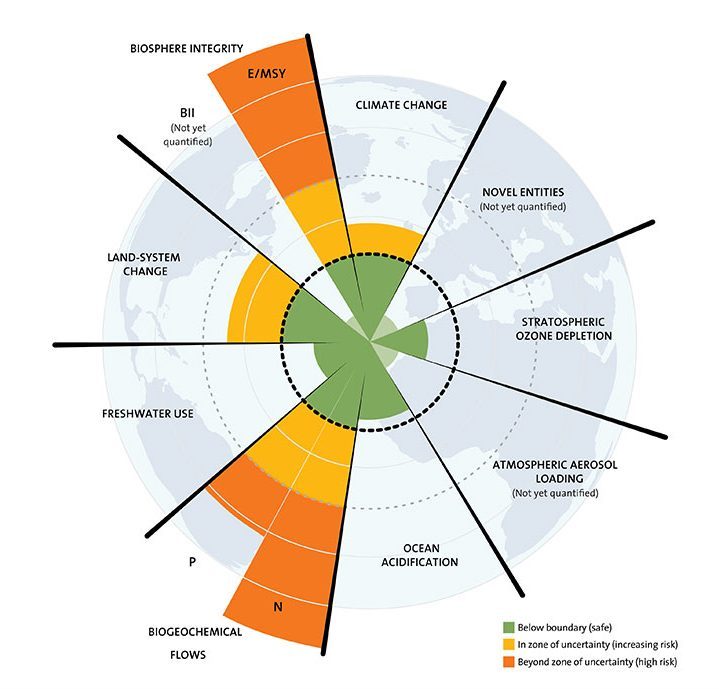Sustainability is at the very core of iuppiter’s work, going hand-in-hand with affordability. Being in the business of used servers and server parts for many years, we know how much server equipment gets used just once for privacy and data destruction purposes, and how much environmental destruction is created by the need to constantly produce new items.
At iuppiter, we aim to give servers and server parts as many iterations as possible. Some items pass through our company for their second, third or fourth life, before being locally recycled responsibly.
Source: RIPE Labs
Second-hand servers are the closest thing to sustainable hardware, at least affordable ones, that there currently is (show us a server equivalent to Fairphone and we’ll bow our heads). As a sustainability mantra goes, “the most sustainable is what has already been produced”. It doesn’t hurt that, contrary to how corporate sustainability usually works, sustainable hardware is actually cheaper than the new, more polluting product.
This means that our products help your company transition to greener alternatives, alongside increasing IT performance on a reasonable budget. We’re proud to make sustainable options easily available and happy to have you with us.
Extending electronic products’ life drastically cuts several negative environmental impacts associated with production - if you use something twice as long, it only takes half of the raw materials to satisfy your needs. It’s not only a matter of greenhouse gas emissions but also protecting biodiversity, ensuring humane labour conditions, and reducing strategic dependence on critical minerals.
In the coming month, we’re going to run you through key sustainability issues that you help improve by buying refurbished.
A holistic approach
While no regulated, uniform definition of the term “sustainability” exists, we understand it as minimizing our environmental impact, even beyond greenhouse gas emissions. To analyse our impact, we use the framework of planetary boundaries, developed in 2009 by a group of scientists from the Stockholm Resilience Centre.
The framework established a “safe operating space for humanity” - a set of conditions, defined by nine environmental aspects, that allow for human life to develop and continue. The scientists also calculated the limits within which each of the nine aspects has to be maintained so that conditions favourable for human life persist.
Source: Stockholm Resilience Centre
The graphic already shows that climate change is just one among nine aspects of upkeeping a fragile environmental balance. Biodiversity, ocean acidification, land or freshwater use, and air pollution, among others, should be equally taken into account when analysing a company’s environmental footprint.
Product vs operational sustainability
The very notion of a company’s “environmental footprint” is a murky one. Looking at a common sustainability benchmark, the European Commission"s Greenhouse Gas Protocol, our impact cuts across all three scopes of emissions, which is something not many companies can claim.
Source: Green Worldwide
In fact, when reporting about corporate sustainability, many firms boast net-zero yet they refer only to Scope 1 and 2 emissions. That is, to emissions from their own operation or supply chain, without including the environmental impact that the end consumer of their product has.
In other words, the focus is on the sustainability of operations, not products. That’s understandable as it’s much easier to transform your company’s internal approach than the very thing it offers.
Green community
Thankfully, at iuppiter, product sustainability is where our sustainability begins, allowing us to have a high positive environmental impact. In the coming month, we’re going to run you through ways in which our products reduce the environmental strain on our poor planet. We’ll discuss emissions, of course, but also lowering the demand for critical and rare earth minerals and preventing e-waste. These are the ways in which you improve your corporate sustainability with refurbished hardware.
Achieving climate and environmental goals by embracing corporate sustainability doesn’t have a fixed agenda and it cannot be done alone. We’d like to exchange ideas about how we can continue to do good for the planet. What are you doing to reduce your company’s environmental footprint? Do you have tips or tricks on what we could be doing better? Let’s talk - drop us an email at [email protected] or reach out to our account managers.







